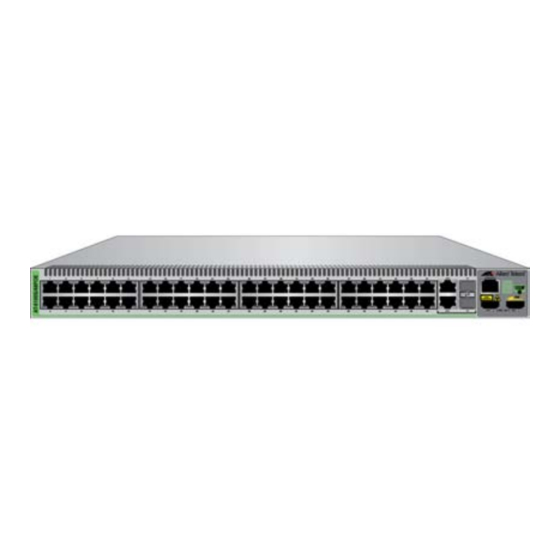
Allied Telesis 8100L Series Manuals
Manuals and User Guides for Allied Telesis 8100L Series. We have 1 Allied Telesis 8100L Series manual available for free PDF download: Installation Manual
Allied Telesis 8100L Series Installation Manual (116 pages)
Fast Ethernet Switches
Brand: Allied Telesis
|
Category: Switch
|
Size: 0 MB
Table of Contents
Advertisement
